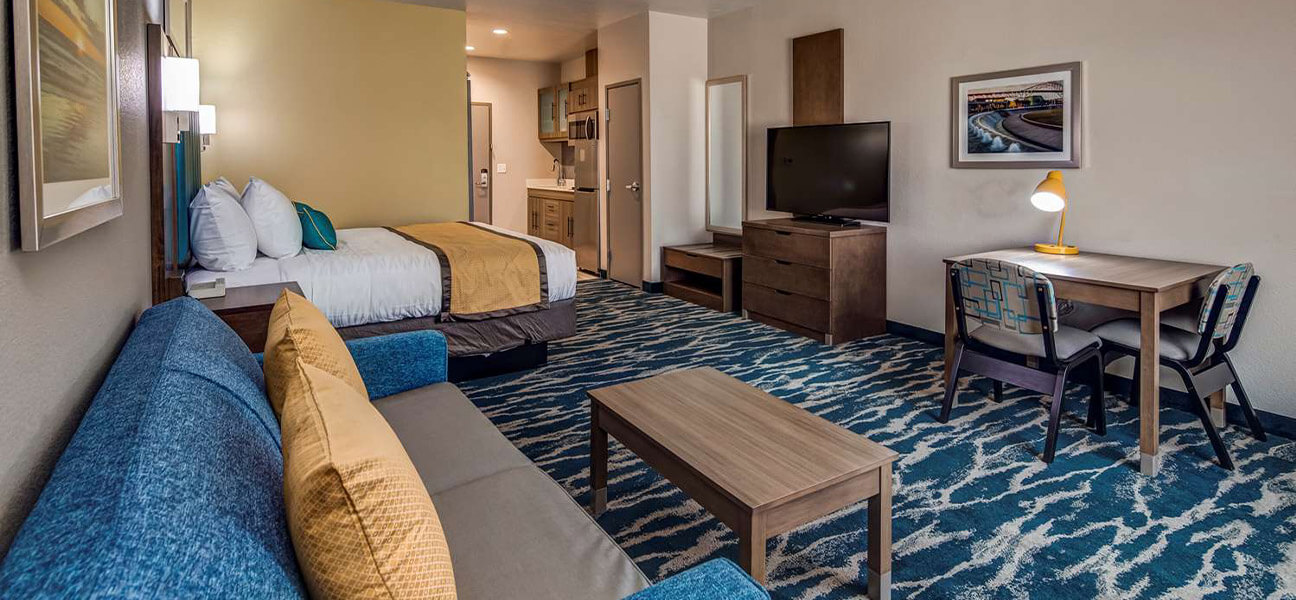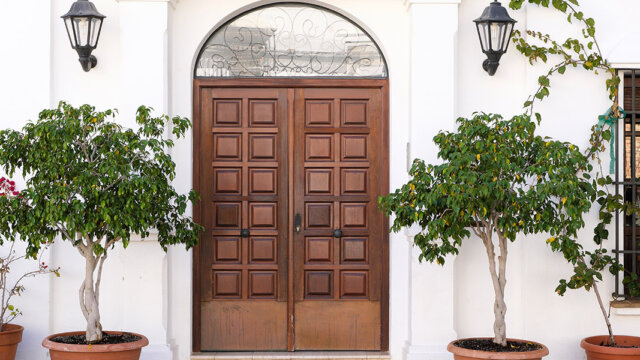One of the positives during the height of the pandemic was the extended-stay segment, and, still today, it is constantly breaking records in demand and ADR.
According to the U.S. Extended-Stay Hotels Bulletin: February 2022 from The Highland Group—its most recent report—the segment reached record high demand during the month and RevPAR ($75.99) was up by more than 40% compared to the same period last year. Growth in ADR, which also reached a record high for February ($105.28), was the main driver of the gain in RevPAR.
Revenues for all segments—economy, midprice and upscale—have surpassed 2019 levels, while RevPAR and ADR at economy and midpriced extended-stay hotels are higher than pre-pandemic figures.
It’s no surprise that economy extended-stay hotels have continued the upward trend that started last year, noted Mark Skinner, partner, The Highland Group.
“The economy extended-stay segment lost far less revenue than any other segment of the hotel industry in 2020,” he said. “So, it wasn’t that far below 2019. Come 2021, It was pretty easy to catch up and surpass 2019. And, that’s fairly similar in the midprice segment as well, but less so as you go up the price chain. If you say upper-midscale, it hasn’t recovered as much, and if you look at upscale extended-stay hotels, they’re in about 91% of RevPAR in 2019.”
Some would say that extended-stay was the “hero” segment for a number of reasons, which Skinner pointed out.
“In the lower-priced extended-stay segments, there’s a significant portion of residential guests who are there for a very long term,” he said. “They’re not there because they’re traveling around the country. So, when travel freezes, it has no impact. The other thing that happened is those essential workers gravitated to extended-stay hotels for varying reasons, and that would be all of the price chain from the bottom to the top.”
He continued, “The other thing that occurred was families who live in multi-generational households could have found themselves in a situation where they felt unsafe, because the very young and the very old are extremely vulnerable to COVID. So, some of those households dispersed, with some going into extended-stay hotels for presumably a temporary basis, but it could have been several weeks. Also, even if there wasn’t COVID in the house, because somebody has to go to work, they could get exposed and give it to family members. That definitely occurred.”
The supply growth vs. demand ratio could become a factor in how long extended-stay outpaces the rest of the industry. The 3.1% increase in extended-stay room supply in February is the fifth consecutive month of 4% or lower supply growth. The Highland Group noted that February’s supply change further indicated that mid-price and upscale supply increases should be well below pre-pandemic levels during the near term.
“Supply growth has fallen to a level that we last saw in 2011-12 in the wake of the financial crisis, but demand growth is growing much faster than supply,” said Skinner. “So a couple of things are occurring. The economy segment can’t gain that much more occupancy on the national level because it’s already above 80%. Historically, on a national level, it’s never gone above 81%—It could probably go a little higher than that. So, if they’re full and they’ve still got demand knocking at the door, they’re going to increase their rates while they’re already at record-high occupancy. The midprice segment is fairly similar, although rate growth is a bit stronger in midprice extended-stay hotels. So, you’ve got a supply-demand imbalance with demand going three times the rate of supply over the last 90 days and four times for the midprice segment.”
There is supply help coming. According to Lodging Econometrics, there are 1,517 projects and 157,064 rooms in the U.S. extended-stay construction pipeline. Here’s the breakdown:
- Upper Tier: 541 projects / 64,273 rooms
- Middle Tier: 853 projects / 80,612 rooms
- Lower Tier: 123 projects / 12,179 rooms
Lodging Econometrics has forecasted that 194 extended-stay hotels (19,901 rooms) to open this year. Here’s the breakdown:
- Upper Tier: 69 hotels / 8,696 rooms
- Middle Tier: 102 hotels / 9,290 rooms
- Lower Tier: 23 hotels / 1,915 rooms

